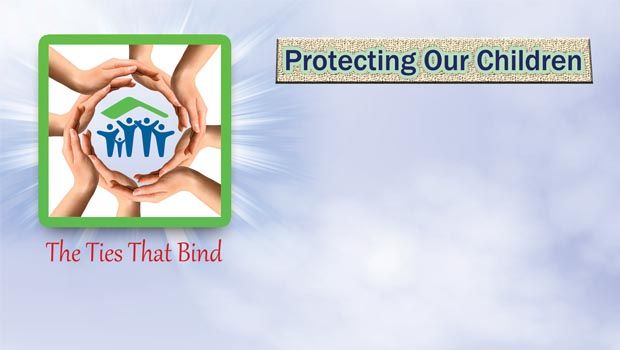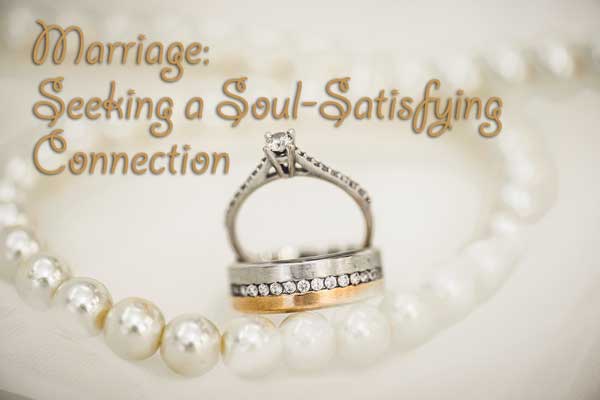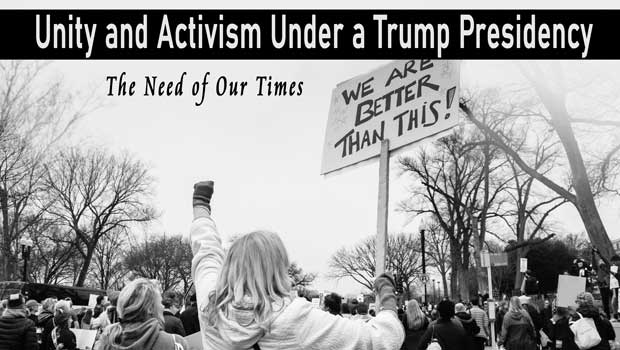The 21st century has ushered in a new era of electronic gadgets and innovative online ideas that have taken the world by storm. Things like the iPad 2, the Samsung Galaxy Tab, the Toshiba Thrive, Blackberries, iPhones, and Androids are allowing people to have the world at their fingertips any place, any time; and internet sites like Twitter, Facebook, YouTube—and now Google+ —allow everyone to stay connected and up to date on the comings and goings of their friends and family. Although the older generation is using these resources, it seems that the demographic most creatively utilizing them is the youth.
The media available to the youth via the internet is providing a wealth of information that they can easily access and share with others. It allows them the opportunity to search for a deeper level of understanding of what is happening domestically and internationally. The “alternative media” provide coverage and analysis that does not have to capitulate to the official narrative of the state and commercial interests. Also the internet-based alternative media are interactive in nature, giving everyone the opportunity to have their voices heard, to share their own views and what they believe in. Since the internet spans the globe, people can get first-hand accounts of events occurring in the Middle East, Latin America, or China. Muslim youth have been taking full advantage of the internet with its alternative media and social networking to engage with others and help bring about the change they feel the world desperately needs.
Connecting, Sharing and Organizing
Making YouTube videos, writing articles, creating social networking groups, blogging, and posting on personal Facebook pages — all these are ways for the youth to connect with their peers and share information with Muslims and non-Muslims alike. It’s also possible to organize events and meetings for people to attend to get to know each other on a more personal level and turn the internet relationships into face-to-face relationships, whether it’s college students organizing Muslim Student Association chapters or people under an oppressive government protesting and coming together to send out a clear message that they want change.
Of course, not everyone is actively participating in this social networking, but even if they are just reading about events and watching the videos online, they are still part of an all-inclusive movement. As Belal Khan would put it, there are the “doers” that take action and actively push to make things happen, the “talkers” that observe and tell others about what they’ve learned, and then the “observers” who simply watch and listen. All are involved in creating a chain reaction that spreads information, awareness, and knowledge.
Spreading Awareness and Knowledge
There are youth who are working hard to be part of the solution in dealing with issues like drugs, alcohol, bullying, and many other daily challenges Muslim youth are facing. Two great examples are Hisham Al Hadi, a 16 year-old high school student from Toronto and Alya Nuri, an 11 year-old child author and speaker. Both of these remarkable young Muslims have their own websites and YouTube channels where they take full advantage of the internet to reach out to others. On their youthful level of knowledge and understanding, they answer questions on their websites and in their publications about hijab, Quran, fasting, and various other topics, making it fun and entertaining to learn.
We have all heard about Asmaa Mahfouz, the 26 year-old young woman famous for single-handedly shaking the people of Egypt awake and mobilizing them against a corrupt, tyrannical government. She will be forever remembered as a person of courage and determination who posted an impassioned YouTube video challenging her compatriots to rise up and find ways to circumvent governmental censorship of the media. Using Facebook, they mobilized unprecedented numbers of ordinary citizens who took to the streets. The rest is history! What better example of how social media can be used in a positive way to bring about monumental change.
We have access to speakers like Nouman Ali Khan, Yasir Birjas, Zohra Sarwari, and many others who reach out via YouTube videos. They too bring about change by impacting the everyday lives of countless individuals. Nouman Ali Khan, for example, has nearly 3,000 videos of his lectures on YouTube with millions upon millions of views. Organizations are also designing websites targeting the younger generation. One example is Islamic online universities which are able to educate people about Islam and mobilize events and seminars in several countries. They distribute content in various forms and encourage positive action that benefits individuals and communities. These reputable organizations provide opportunity for people to learn from scholars and academics without leaving home.
Also, the internet is a wonderful resource for non-Muslims who are interested in learning about Islam, and it is incumbent upon Muslims to make sure correct information is available, particularly given the extreme Islamophobia that has been been working hard to spread disinformation. Striving for genuine understanding amongst the various faith communities continues nonetheless. This is evidenced by the significant number of people who revert to Islam on a continuous basis.
Staying Safe and Being Selective
There is great potential for the youth of this generation, and the internet and social media are their strongest tools in the effort to create opportunities for peace and social justice. Parents worry that their youth spend too much time online, and of course a healthy balance has to be struck. And with the new privacy options available on these sites, there’s less need to worry about predators, as long as parents make sure their children are informed about how to stay safe and are very selective about what information they share.
It also has to be acknowledged that the internet is a means for the propagation of much that is dubious whether politically, socially, or religiously— exaggerations, misinformation, lies, fabrications of sources, and so on. Youth must be made aware of the responsibility to verify, corroborate information, to check sources. And when finding any Islamic information about which they are not certain, then the responsibility is to go to reliable, scholarly sources to verify if the information is Islamically sound.
As long as precaution and balance are observed, there are unlimited possibilities for how the youth can benefit from the internet and social media networking; there is also limitless potential for how youth can positively impact their peers, the community, and the world at large. As Bilal Khan says, “It’s not the tool that determines the impact. Rather, it’s how we utilize the tool.” Social media networking and the internet are the future, and Muslim youth should take full advantage of it and strive for a better future as informed, educated, and self-determining citizens.





